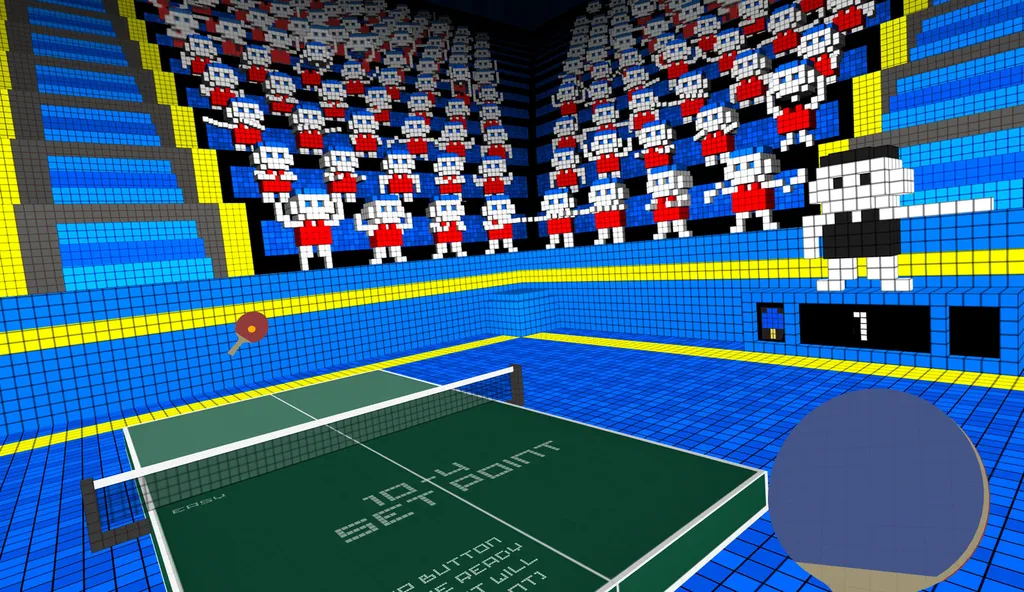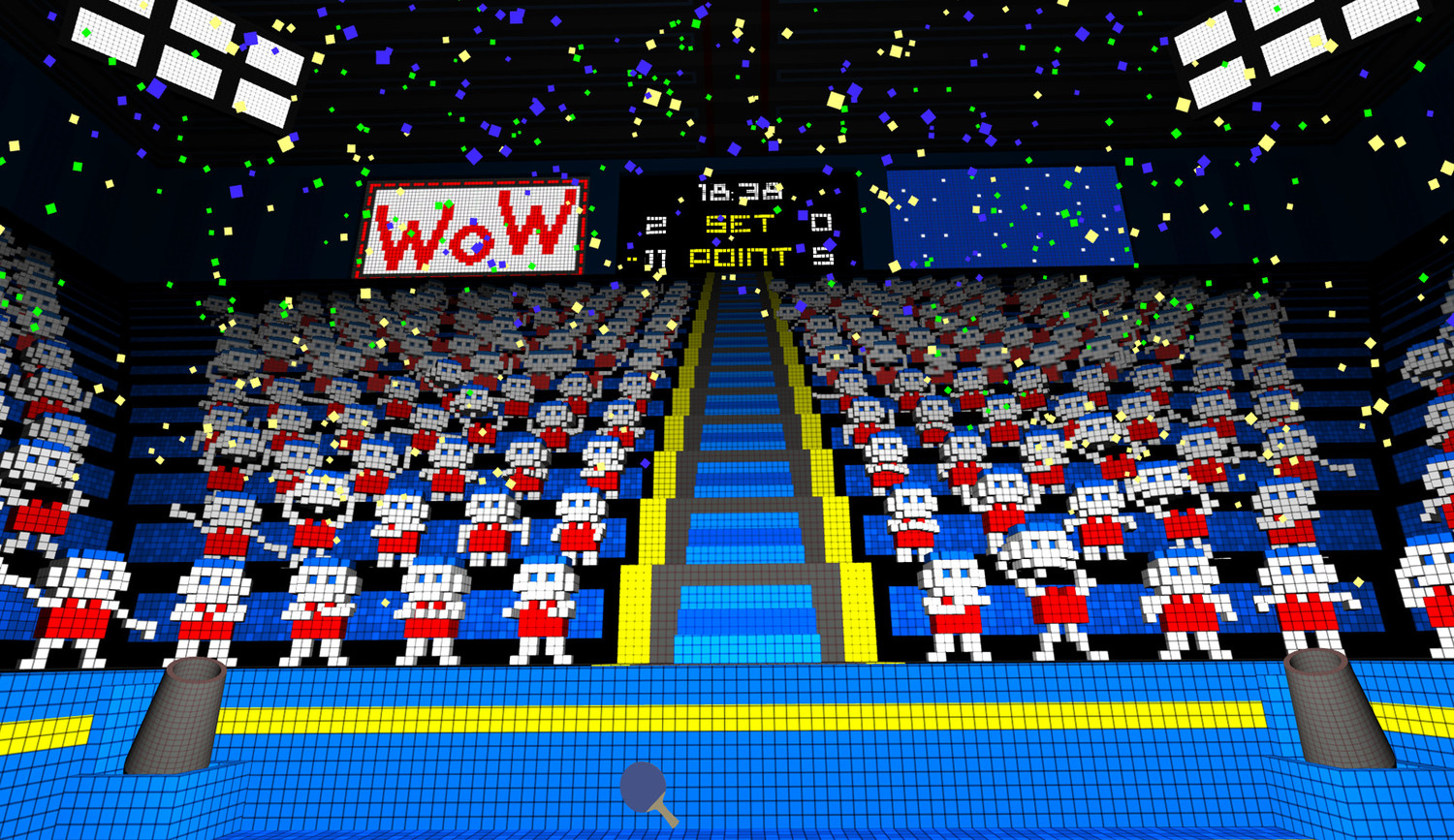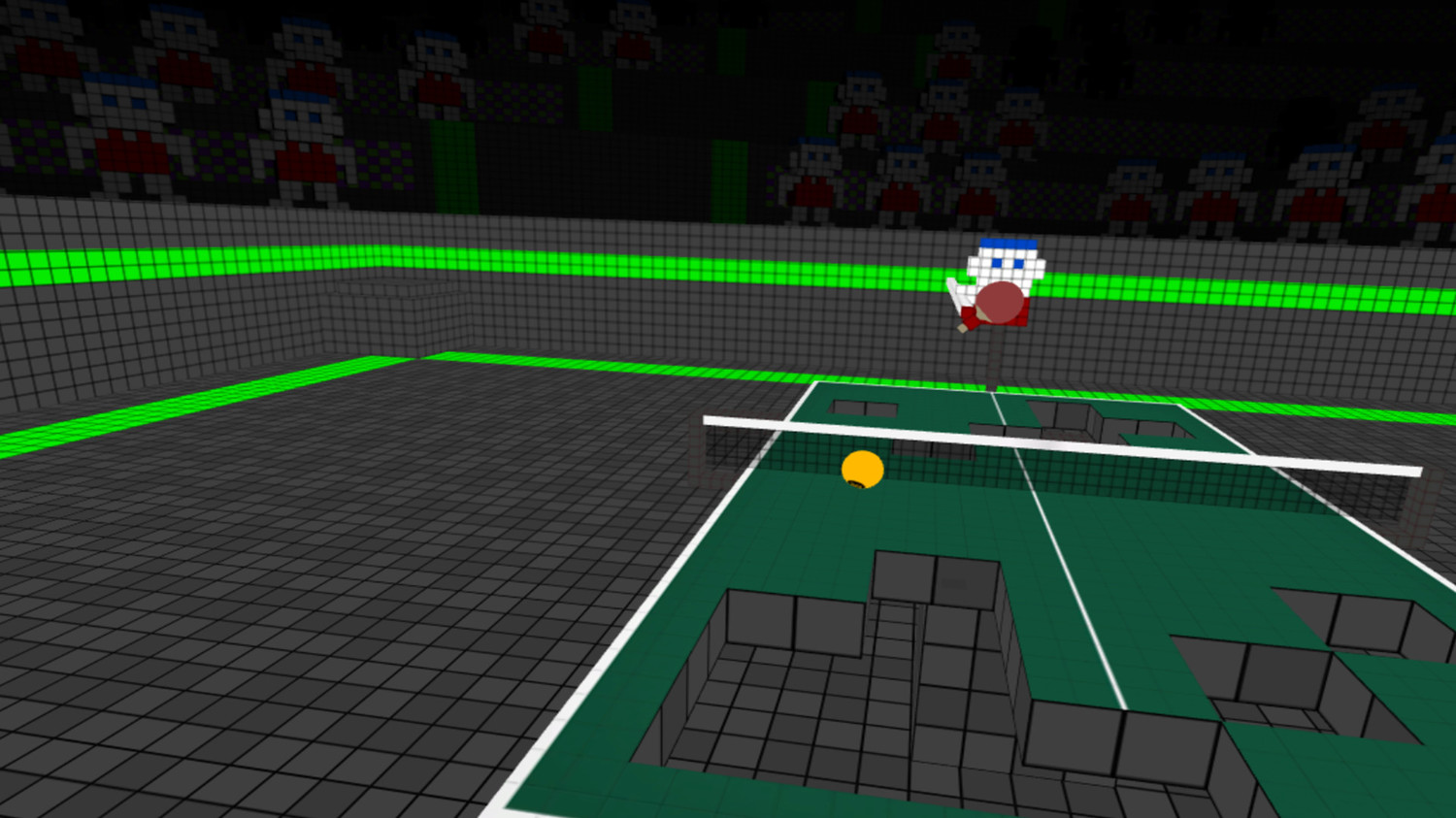Of all the sports that developers can shove the letters ‘VR’ in front of or behind and quickly push out the door, ping pong seems the most susceptible. You just need a motion controller (or two) and you’re pretty much good to go. No need to run around a pitch or cooperate with team members; it’s just you, your paddle, and your opponent.
With that in mind, it surprises me just how long it’s taken for a true ping pong game to appear on PlayStation VR (PSVR). But, four months on from launch, it’s finally arrived as a port of Reddoll’s VR Ping Pong, which initially launched last year on the HTC Vive. The results? Well, it’s ping pong in VR. It might not be the most ambitious use of the technology, but pulling on a headset certainly beats having to set up a giant table.
https://youtu.be/ddgLYiNuNVQ
VR Ping Pong is one of those games that reminds you that the industry is in a similar phase to that which the wider gaming industry was going through around the time of the Nintendo Entertainment System. This isn’t a flashy party game with power ups and special moves but something that wants to capture the nature of the sport as best as the technology can, like Nintendo’s Tennis or Baseball.
In both versions of the game, you use the headset’s respective motion controllers to both wield your paddle and serve the ball, though this can also be done with just one controller if you so wish. You’re placed in a virtual stadium with a set of blocky characters seated and ready to applaud.
Playing against AI, I found VR Ping Pong to be pretty much as accurate and responsive a ping pong game as I, a sporadic player in real life, could ask for. After a while finding my feet (much of my time was spent in the game’s practice mode), I was able to competently return the ball with slight adjustments to the angle of the controller and force I was applying making a world of difference. In the heat of a match you can quick quickly forget about your real life surroundings and accept this virtual reality as the real one, so make sure you don’t have anything placed nearby when playing.
Not every shot I hit went the way I thought it should, but the vast majority of mistakes and bugs came down to blips in my headset’s tracking, which the game itself can’t really be faulted for (although a ‘foul’ system that detects irregular movement could certainly help).
What I do take issue with, however, is the lack of multiplayer. In 2017, releasing a ping pong game without even a basic online component really isn’t acceptable, and it massively restricts the amount of value VR Ping Pong can offer. It single-handedly prevents this take on the sport being a definitive one for VR headsets; not allowing friends from all over the world to have a ping pong match as if they were in the same room is a missed opportunity. It could have been one of the better social experiences on PSVR.
There are, however, a decent batch of challenge modes that prove to be fun distractions from the main game. My favorite was a minigame in which pieces of the table that the ball bounced on would disappear, making matches progressively harder.
VR Ping Pong is a likable take on the popular sport that’s held back by its lack of multiplayer. There’s only so much fun you can have with the AI matches and minigames and, once you’ve had it, there’s little reason to stick around.




























